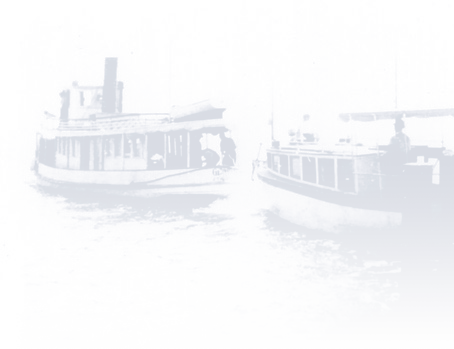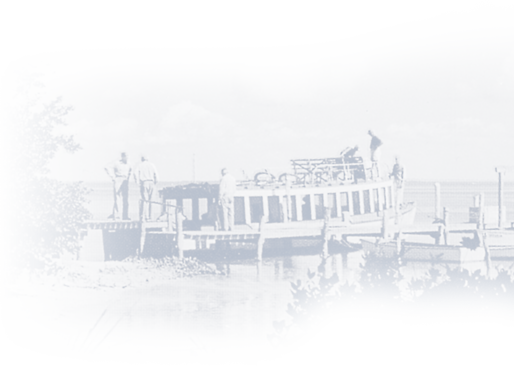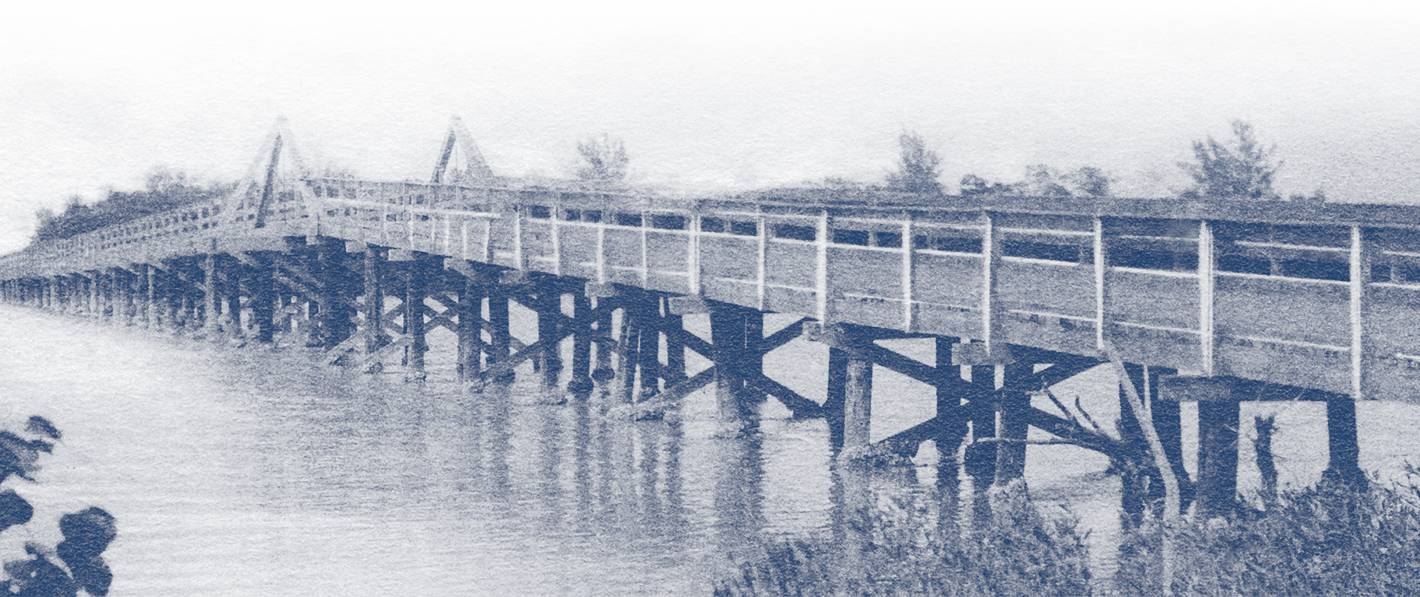
TEDDY ROOSEVELT'S CAPTIVA ISLAND LEGACY
In spring of 1917 former President Theodore Roosevelt was 58 years old and near the end of his life when he spent a week on Captiva
Island hunting the legendary “Devil Fish.”
Only two years earlier, Teddy Roosevelt had returned half-dead from his legendary journey to the headwaters of the Rio da Duvida, the “River of Doubt,” in Brazil's Amazon jungle.Teddy Roosevelt (right) with one of the giant manta rays he
harpooned in the waters off Captiva Island
Roosevelt’s health never fully recovered, but he was undaunted when he read sensational accounts of expeditions hunting giant manta rays in the Gulf of Mexico.
“The one thing I most desire to do is to harpoon a devil-fish, and I am pleased down to the ground, that everything is to be subordinated to that one consideration—until I get my harpoon into one.”
It's reported that Roosevelt came down by train to Punta Gorda, then boarded a steamboat for the trip to the east side of Captiva Island where he used a one-room barge as his base of operations.
Teddy Roosevelt (far right) with boys of the Snyder School
During his stay on Captiva he met with students of the Snyder School for Boys, which was then quartered on Captiva for the winter semester. It’s also believed he addressed a group of island folk on the porch of Captiva's Fisherman’s Lodge Hotel.
President Roosevelt’s connection and legacy to Captiva and its surrounding waters and islands goes well beyond his Devil Fish expedition in 1917. As the first conservation president, in 1908, his last full year as president, he created the Pine Island National Wildlife Refuge, to protect the area’spelicans, herons and egrets from the millinery plume trade. This refuge is now administered by the nearby J.N. Ding Darling National Wildlife Refuge. The first three islands in Pine Island Sound designated part of the refuge were Bird Key and Middle Key, as well as an unnamed island we now call Hemp Key.
Teddy Roosevelt (center) with Captiva islanders
Additionally, the body of water on Captiva’s east side is named after the formerpresident, conservationist and famed outdoorsman. The 26th President fished in the place today named Roosevelt Channel.
Teddy Roosevelt’s short trip to Captiva to hunt the giant manta ray turned out to be one of his last wildlife adventures, as his health continued to deteriorate. He passed away less than two later on January 6, 1919 at age 60.
Teddy Roosevelt and his Devil Fish hunting crew
Though TR's one-time adventure to Captiva was a short one, his legacy to the island and its waters is large, much like his big persona and outdoorsmanship.




